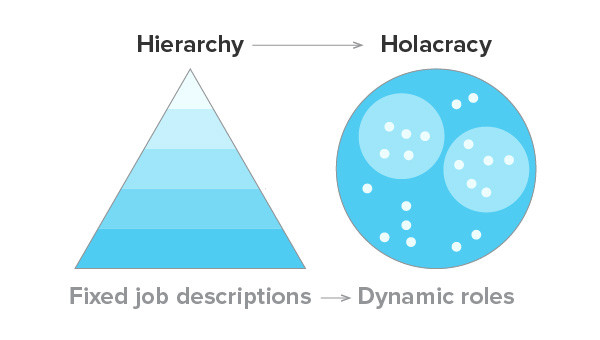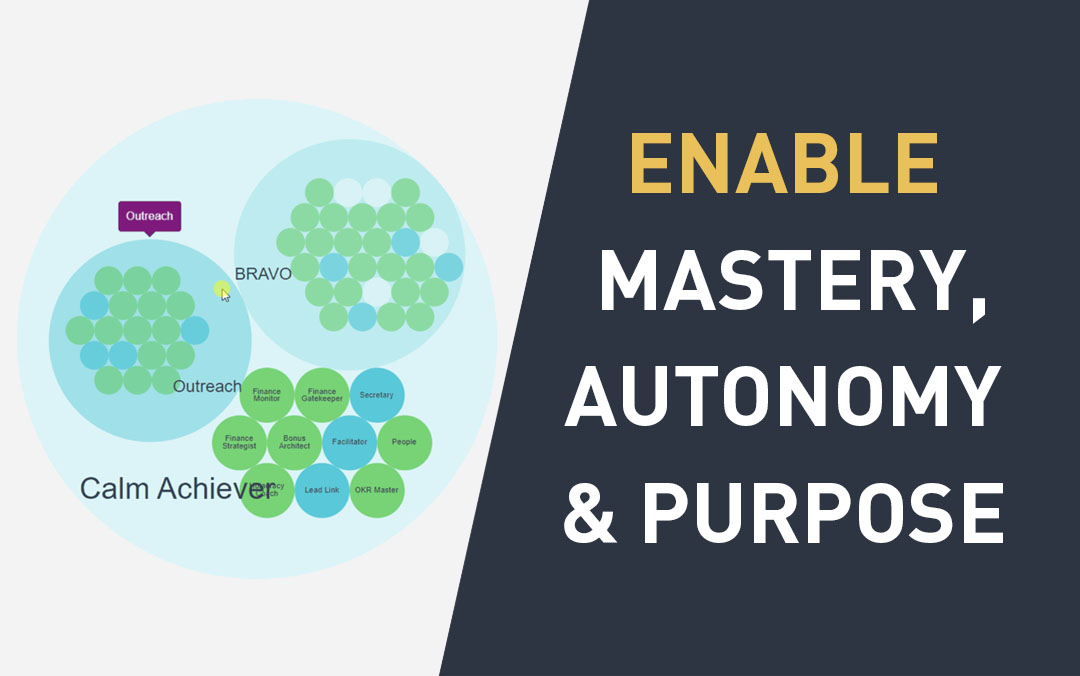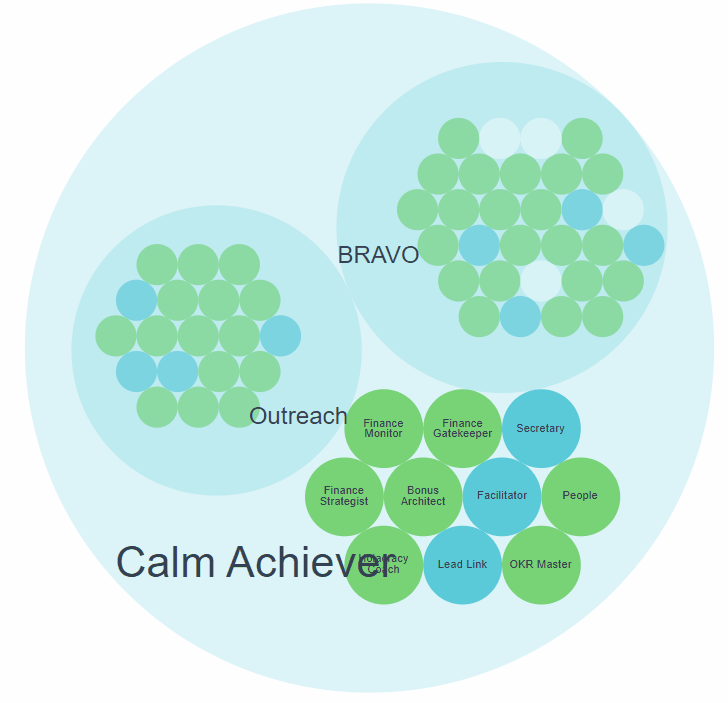Becoming an entrepreneur is a role many aspire to. It carries an aura of freedom, control & power.
Perhaps you’ve taken the path of entrepreneurship because you wanted freedom from the corporate life or because you have an amazing idea you want to bring into reality.
But the entrepreneur would agree, the role is tough. Very tough.
After you get into the role, you realize there is no switching off. You carry that invisible burden of responsibility wherever you go.
You wish you could focus your time on the things that you enjoy doing, but you find yourself pulled in micro managing the team.
You want to take breaks, but you can’t because there’s a sense of anxiety that the business will collapse without your constant presence.
The reason for this stress comes because
- You don’t find your team taking ownership & accountability for their work
- Even if they do, you’re not comfortable delegating because you feel you can do it best
- You end up making most of the decisions, and you become the bottle neck in the organization.
So how does a entrepreneur manage the business in a way that:
- The team takes responsibility for their work. They act like owners, freeing yourself from micromanaging.
- You have the freedom to focus on the areas where you contribute the best.
- Your organization is agile and flexible to adapt to changes in the market
Holacracy – A Self-Management System
I found getting these results in my organization Calm Achiever by adopting Holacracy.
What’s Holacracy? It’s a self-management system for purpose-driven organization. It was created by Brian Robertson 10 years ago, and is used by 1000+ organizations around the world.
And how does done adopt Holacracy?
One of the first steps is to move from a position based structure to a role based structure. A role based structure creates more:
- Real time clarity of who’s accountability for what
- Flexibility for team members to align their work with their interests
- More autonomy for team members to take up ownership of the work to serve the organization’s purpose
Let’s explore further by exploring the differences between a position based structure and a role based structure?
What’s a Role Based Structure?

The structure most organizations have is a management hierarchy, where the structure of the organization is based on people’s position in a hierarchy.
In a role based structure, the work of the organization is broken down into smaller “roles” independent of the people who will fill them.
Why it works better?
Positions are static while roles are dynamic
It is very common that after an individual joins the organization, based on his or her abilities his roles and responsibilities change.
In that sense, it is the natural progression of a role to evolve into something more.
However, in a position based structure, implementing any change is costly and cumbersome, and thus remains static until there’s a major re-org exercise.
We realized at Calm Achiever, we could fill out new roles as and when they come on, without hiring new talent. Its also easier to remove roles, too. Role-based structures do not have to fire team members if a role is no longer needed — the role holders will simply find themselves with one less role in their portfolio.
Roles create transparency on who’s accountable for what, while positions do not provide enough clarity on what is happening
Job descriptions are often a secretly exchanged document between the employer and employee, that no one else is privy to. If there is an overlap with another position, we end up dealing with duplication of work and confusion regarding who does what.
With roles there is more clarity and better description of what is being done and who is responsible for it. This information is available to all members working on a project. This increases transparency and makes it easier for people for people to work together.
Simply put Holacracy allowed our company to structure work around roles that have defined purpose and accountability.
It also allowed us to change these roles dynamically according to new demands.
For our people it meant that those with the right talents and skills could find a fit with these roles and exercise full autonomy to do whatever is required of their roles.
Holacracy Enables Mastery, Autonomy & Purpose
Research has isolated three distinct factors using which organizations can cultivate the intrinsic motivation of team members and allow each unique individual to fully express their potential.
Daniel Pink’s best selling book Drive identifies them as:
(1) Mastery—the urge to get better and better at something that matters;
(2) Autonomy—the desire to direct our own lives;
(3) Purpose—the yearning to do what we do in the service of something larger than ourselves.
A role based structure facilitates all three. Let’s see how:
Mastery:
In a management hierarchy, there isn’t much flexibility to take up multiple roles across departments. However in Holacracy, you can fill multiple roles across the organiztion and thereby doing work that aligns your interests, which enables you to get better at something that matters to you.
Autonomy:
In a management hierarchy the boundaries of who’s responsible for what is often not clear. This leads to people not taking initiative to do things beyond. In Holacracy, it’s clear what you’re responsible for, and what others are responsible for. When there’s clarity, there’s less fear that you’re crossing into other people’s boundries. This gives more freedom to people more autonomy over their work.
Purpose:
In Holacracy, the work of the organization is broken down into smaller functions called roles, and each role has a clear purpose and accountability of why that role exists.
And whoever is filling it knows is expected out of them.
So whenever someone fills that role, it’s very clear what the what the purpose of that role is and what they’re accountable for.
And this enables a more direct purpose to purpose relationship with the organization.
Unlike a management hierarchy where you’re supposed to do is what the boss tells you to do, doesn’t inspire a purpose relationship with the organization.
How to get started?
This is what the Calm Achiever role chart looks like:
The move from a position based chart to a role map will feel like a paradigm shift, no doubt.
But once you have designed your new organisational role map, you will find it to be a very simplified, no nonsense way of tracking who is accountable for what.
As a result, team members bring their full potential to the organization. They can work in any part of the organization where there’s a match between their talents and the role.
It’s a win win for everyone.
Check out Glassfrog to create a role based team.
In my next blog post, I’m going to share with you how you can transition from a management hierarchy to a role based structure.
I believe our work should be an expression of our most creative selves. I work with business owners and their teams to achieve stress-free productivity.


